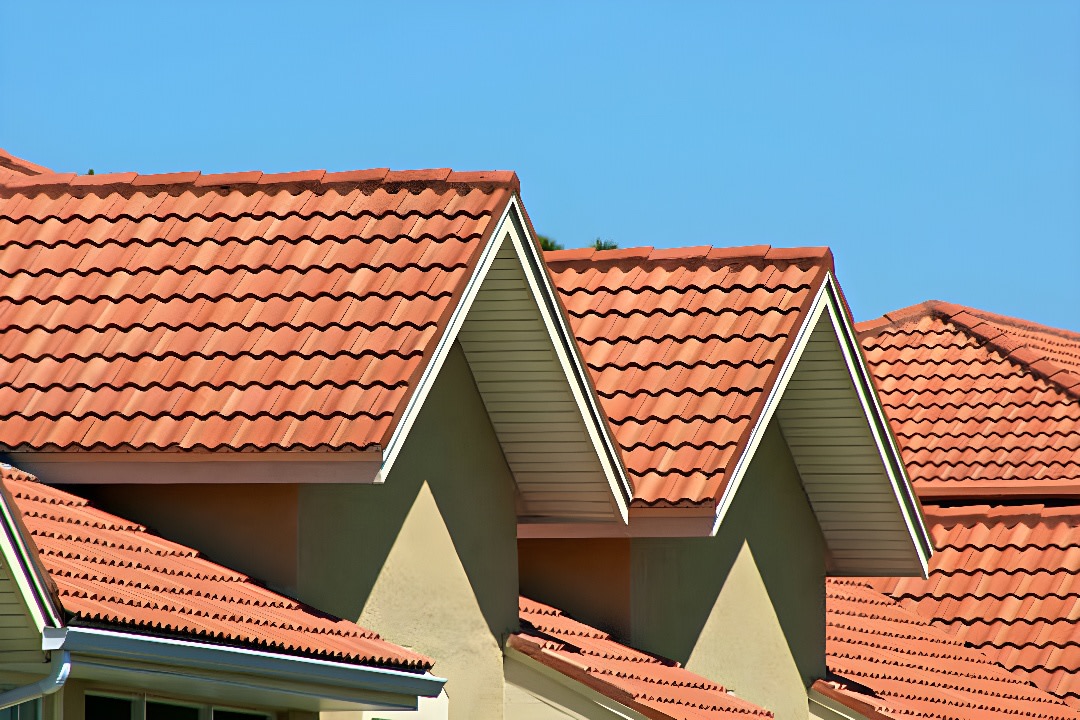
What Is the Lifespan of a Roof, and How Can You Extend It?
Your home’s roof is one of its most essential components, providing protection from the elements and maintaining the structural integrity of your property. However, like any part of your home, a roof has a finite lifespan. Understanding how long roofs typically last and how to extend their lifespan can save you money and stress in the long run.
I. Types of Roofing Materials
The lifespan of a roof depends largely on the type of material used. Here are some common roofing materials and their expected lifespans:
- Asphalt Shingles: The most common roofing material in the United States, asphalt shingles typically last between 20 to 30 years.
- Metal Roofs: Metal roofing, such as steel or aluminum, can last up to 50 years or more.
- Wood Shakes or Shingles: Wooden roofs can have a lifespan of 30 to 40 years with proper maintenance.
- Clay or Concrete Tiles: Tile roofs can endure for 50 years or more, sometimes even a century.
- Slate: Slate roofs are renowned for their longevity, with some lasting over a century.
II. Factors Affecting Roof Lifespan
Several factors can influence the lifespan of your roof:
- Climate: Roofs in regions with extreme weather conditions, like heavy snow, intense heat, or frequent storms, may have a shorter lifespan.
- Installation Quality: Proper installation is crucial for a long-lasting roof. Poor workmanship can significantly reduce its lifespan.
- Maintenance: Regular inspections and maintenance can identify issues early and extend the life of your roof.
- Ventilation: Adequate ventilation in your attic helps regulate temperature and moisture, preventing premature deterioration.
III. Prolonging Roof Lifespan
To prolong the lifespan of your roof, consider these tips:
- Regular Inspections: Schedule annual inspections to catch minor issues before they become major problems.
- Clean Gutters: Clogged gutters can lead to water damage, so keep them clear to prevent water from seeping under your roof.
- Trim Overhanging Branches: Trees near your roof can drop leaves and debris, causing moisture buildup. Regular trimming can prevent this.
- Remove Snow and Ice: In snowy regions, remove excess snow from your roof to prevent ice dams and excess weight.
- Repair Leaks Promptly: Address any leaks or damage as soon as you notice them to prevent more extensive problems.
- Invest in Quality Installation: Ensure your roof is installed by experienced professionals using high-quality materials.
- Consider Roof Coatings: Coatings can provide an extra layer of protection, reflecting UV rays and preventing damage.
- Plan for Proper Ventilation: Ensure your attic is properly ventilated to regulate temperature and humidity.
Your roof is a significant investment and a crucial part of your home’s structure. Understanding the lifespan of your roofing material and taking proactive steps to maintain it can save you money in the long run. With proper care and attention, you can enjoy a roof that not only lasts its expected lifespan but potentially surpasses it, ensuring the safety and comfort of your home for years to come.






